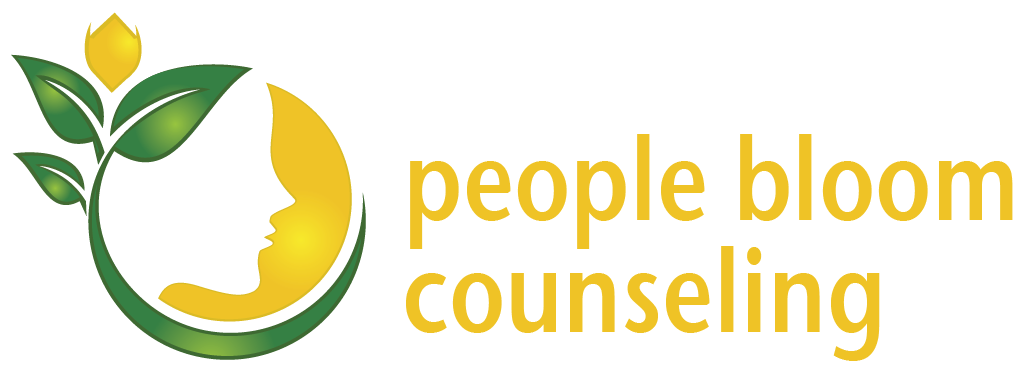In the age of TalkSpace, BetterHelp, and Cerebral, traditional talk therapy is getting a bad rap. While these app-based services helped to create greater accessibility to mental health services, the pandemic has moved most mental health services online. Masked in-person visits provide social connection for those who want to leave the house, while the ease of commuting only 20 steps to your appointment is also an option. As a therapist trained in providing mid and long-term therapy, there are several reasons why I believe traditional talk therapy still matters.
Longevity of relationship
There are some clients I’ve known through job changes, a miscarriage and pregnancy, heartbreaks and new relationships. I’ve seen them through milestones and walked with them through peaks and valleys.
There’s something sacred about being known and seen, when the relationship goes deep and is built through seasons of life and living. While texts and emails can be ways to connect, they are no quick fixes or replacement for a consistent human connection. This doesn’t mean you need to stay in therapy for a long time; clients come and go and come back, now with kids and new problems to tackle. The difference is they don’t have to start from scratch.
Know how you tick
It takes time to get to know someone and be known. Some people are slow to warm up so rapport and progress can’t be rushed. Overtime, I get to know how clients respond across situations and we notice patterns. It's common for me to say in sessions, “We know this about you…” or for clients to say, “You know me so well I can say this to you…”
This deep knowing doesn’t come through brief interactions over text or voice note. This deep knowing allows for us to pivot when a modality doesn’t work, or for us to learn how to best help you. Are these conversations with your friends too hard? Let’s slice it thinner. I see that you like going on a monologue. We can take turns and I’ll reflect and make recommendations. You tend to make changes from something we talked about months ago? Now is a good time too.
Let’s do you.
Witness to your process and progress
As both a recipient and provider of therapy, I’ve seen how progress takes time. The potential for change is understood in the history and context of the person being seen, not quick remedies to be doled out. And there’s something very healing about someone noticing those changes, witnessing that growth and reminding you how far you’ve come. “Do you remember how that used to bother you so much and now it’s just a shrug?” “You’re really noticing what’s showing up for you and pausing before reacting! Are you seeing that too?” “You’re opening up to your partner in ways you haven’t before. Wow! That’s huge!”
Who is there to see you when you’re struggling and when you’re making strides? A therapist who knows you and has been with you can be that person for you.
A bonus: Safe parameters around the work
Most people think that traditional talk therapy requires weekly sessions, but it really depends on what you need, what your schedule allows, and what’s within your budget. Regardless of the cadence, there’s space in between sessions to process the work, without a need to constantly engage on that topic. The fact that you’ve paid into an online counseling platform like TalkSpace means you’d want to make the most out of it. I have the most beef about the messaging function which touts 24/7 accessibility to your therapist without creating safe parameters for the work.
It is good and healthy to take a break from your problem and go on to live your life. You have other things going for you. Where you notice you’re struggling, come back to your next session and talk about it. Use the therapy space to contain your problem and know that your therapist will hold it for you until you return. There’s safety in knowing this important work has boundaries; it’s there to protect you and your therapist from burnout.
Making traditional talk therapy work
While traditional talk therapy can feel more structured, be more cost prohibitive, and doesn’t have a flashy platform, there are ways around it. Structure is not always a bad thing and your therapist might be able to provide flexibility for shorter or less frequent sessions. Unlike online counseling platforms, talk therapy is covered or can be reimbursed by your health insurance plan. Many therapists also have a certain number of reduced fee spots reserved for under-resourced clients.
Lastly, therapists came into this work to help people, and tech platforms that are built for therapists are not the most user-friendly. So, when you see therapy practices cobbling multiple systems together to provide a service to you or there are glitches in the systems they use, please know they’re doing the best they can with the resources they have.
There’s help for you
Regardless of how you go about nurturing your mental health, there’s help for you. We have a team of licensed mental health professionals who will take the time to get to know you and meet you in real time. We’ll make recommendations tailored to you and your needs and see you through your process and your progress.
Ada Pang is the proud owner of People Bloom Counseling, a Redmond psychotherapy practice. She helps unhappy couples find safety and connection in their relationship. She also helps cancer thrivers and their caregivers integrate cancer into their life stories. She’s grateful to her therapist who witnessed her ugly tears around family issues in grad school and saw her gush over the man she ended up marrying, to the eventual meeting of this man for couples counseling. There’s comfort in being known and accepted through time.

















